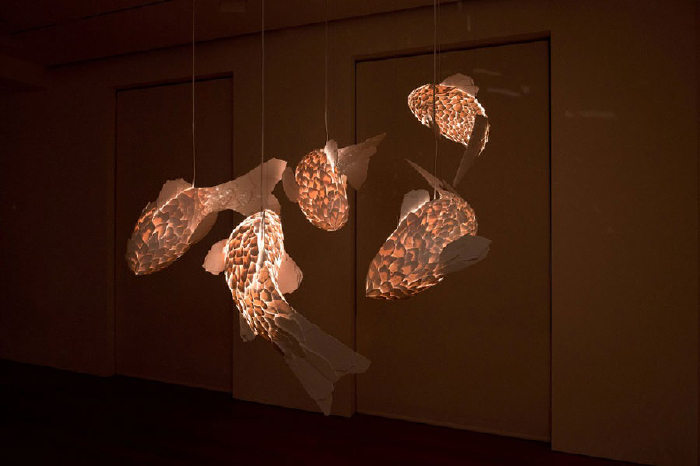INHALE is a cultural platform where artists are presented, where great projects are given credit and readers find inspiration. Think about Inhale as if it were a map: we can help you discover which are the must-see events all over the world, what is happening now in the artistic and cultural world as well as guide you through the latest designers’ products. Inhale interconnects domains that you are interested in, so that you will know all the events, places, galleries, studios that are a must-see. We have a 360 degree overview on art and culture and a passion to share.

One of the most celebrated architects living today, Gehry’s career spans five decades and three continents. Known for his imaginative designs and creative use of materials, he has forever altered the urban landscape with spectacular buildings that are conceived as dynamic structures rather than static vessels.
Gehry has always experimented with sculpture and furniture in addition to his architectural pursuits, coaxing inventive forms out of unexpected materials, from the Easy Edges (1969–73) and Experimental Edges (1979–82)—chairs and tables carved from blocks of industrial corrugated cardboard—to the Knoll furniture series (1989–92), fashioned from bentwood. The Fish Lamps evolved from a 1983 commission by the Formica Corporation to create objects from the then-new plastic laminate ColorCore. After accidentally shattering a piece of it while working, Gehry was inspired by the shards, which reminded him of fish scales. The first Fish Lamps, which were fabricated between 1984 and 1986, employed wire armatures molded into fish shapes, onto which shards of ColorCore are individually glued, creating clear allusions to the morphic attributes of real fish.
Since the creation of the first lamp in 1984, the fish has become a recurrent motif in Gehry’s work, as much for its “good design” as its iconographical and natural attributes. Its quicksilver appeal informs the undulating, curvilinear forms of the Guggenheim Museum in Bilbao, Spain (1997); the Jay Pritzker Pavilion in Chicago (2004); and the Marqués de Riscal Vineyard Hotel in Elciego, Spain (2006), as well as the Fish Sculpture at Vila Olímpica in Barcelona (1989–92) and Standing Glass Fish for the Minneapolis Sculpture Garden (1986).
In 2012 Gehry decided to revisit his earlier ideas, and began working on an entirely new group of Fish Lamps. The resulting works range in scale from life-size to outsize, and the use of ColorCore is bolder, incorporating larger and more jagged elements. The sculptures are each unique, and each made by hand.
The softly glowing Fish Lamps are full of whimsy and vigor. Some of the individual groupings are fixed to pedestals, while others are wall sconces and elaborate chandeliers. Curling and flexing in attitudes of simulated motion, these artificial creatures emit a warm, incandescent light. This intimation of life, underscored by the almost organic textures of the nuanced surfaces, presents a spirited symbiosis of material, form, and function.






























































